Rising freight rates force exporters to increase orders at CIF prices to retain customers
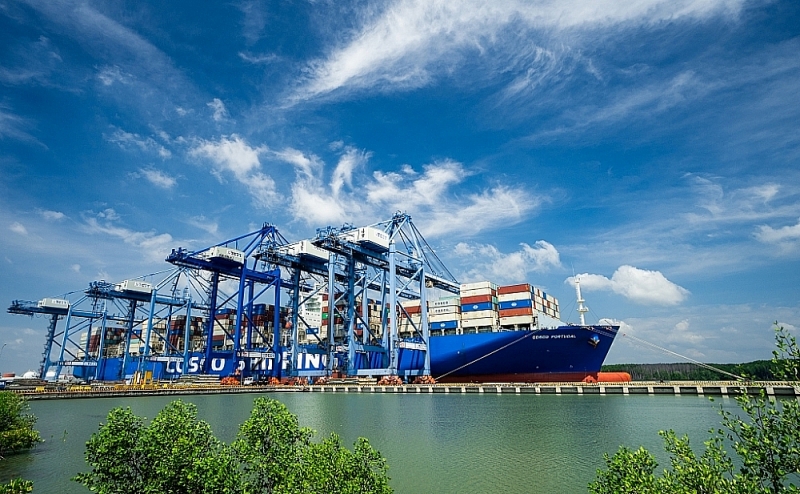 |
| Enterprises must sign orders at CIF price instead of FOB price to retain customers in the context of continuously increasing freight rates. |
In a recent meeting of Vinh Hoan Seafood Joint Stock Company (VHC) with organizational analysts, the company's management board spoke about business prospects in the last months of the year.
Accordingly, with the disruption in the current COVID-19 outbreak, VHC's management board was not optimistic for the second half of 2021. Specifically, the US market demand was still driving growth and the company was also producing under the "three on the spot" model with 65% capacity (compared to the normal capacity of about 85%), so VHC asserted that the current difficulty was not due to demand or supply.
However, the transportation of goods still faced challenges due to the shortage of empty containers, leading to difficulties in cost management, so many orders were stuck at seaports.
From the information at the above meeting, SSI Research said that since the global shipping cost started to increase from October 2020, VHC had to sign more orders at CIF prices to keep the long-term relationship with importers, so the company covered most of the shipping costs.
Although the management board was trying to negotiate more orders at FOB prices for contracts in October 2021, if the freight rates were still high, the two parties would still bear the shipping costs. Therefore, SSI Research said that the recovery of VHC would be slower than expected in the third quarter of 2021 due to the rapid decrease in order shipping speed and increased costs for port storage and shipping.
Also related to logistics charges, in a recent petition to the Prime Minister, the Vietnam Plastics Association also proposed to the Government to inspect in time so that shipping lines did not manipulate prices and fees as in the past year.
“Currently, freight rates have increased uncontrollably, enterprises are passive, goods still have to be produced according to orders, but due to high freight rates, customers are slow to pick up goods, leading to large inventories. Enterprises did not have enough cash flow and saw a sharp decline in revenue,” the Plastics Association said.
Working under the "three on spot", "one road, two destinations" models, enterprises were only operating at 30-50% capacity. While the plastics industry imported up to 85% of raw materials for production.
Therefore, when raw materials were imported to the port but not yet produced, enterprises had to bring them to the warehouses. While the warehouses reserved accommodation for workers, enterprises had to pay extra costs to hire outside warehouses to bring goods back. Currently, shipping lines are allowed to store containers for 14-21 days while storage time was only five days. To support them, the Vietnam Plastics Association recommended shipping lines extend the storage time equal to the time of storing containers to avoid incurring costs for enterprises.
International freight is becoming a burden, greatly affecting the business results of Vietnamese exporters. The July bulletin of TNG Company also mentioned that the shortage of containers and high international freight rates had an impact on TNG's total sales in July. Accordingly, the total revenue of July of TNG was only 98% compared to the same period last year, reaching VND595 billion.
In the third quarter of 2021, exports will continue to face difficulties due to the lack of containers and increased transportation costs. Many orders are kept at seaports waiting for containers to be filled until they can be shipped. Therefore, increased storage costs put more pressure on the profit margins of exporting companies.
In a recent report of the logistics and port industry, SSI Research pointed out that most Vietnamese companies imported under CIF terms and exported under FOB terms. Companies exporting on FOB terms did not incur direct freight rates but must share the increased shipping costs by reducing the average selling price.
Therefore, import-export companies with a high import-export ratio to the US and European markets would suffer from a lower average selling price on profit margin due to this effect. The hardest hit was low-value commodities such as fisheries and agriculture.
As for imports, although 82% of Vietnam's total crab imports came from Asia – with a significantly lower increase of freight rates, SSI Research found that some imported production materials such as soybeans (100% from the Americas), maize (80% from the Americas), cotton (78% from the Americas), animal feed (70% from the Americas) and dairy (40% from Europe and the Americas) were also affected.
Accordingly, companies that imported raw materials from Europe and the Americas (such as Vinamilk, Quang Ngai sugar, Dabaco) also bore higher prices. Particularly at Vinamilk, it was estimated that transportation costs accounted for about 1-2% of the CIF price of input materials, so the impact on profit margin would be limited compared to other export industries.
Related News
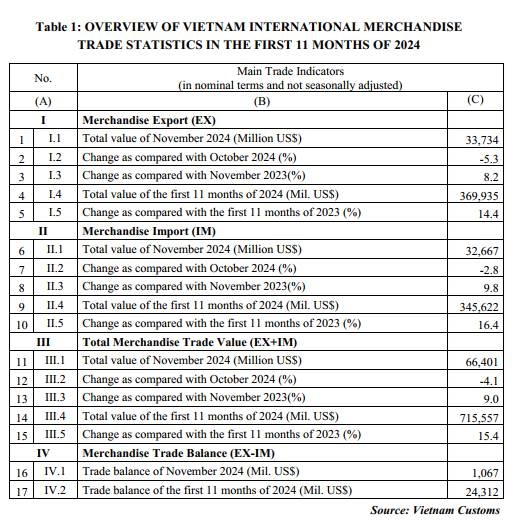
Preliminary assessment of Vietnam international merchandise trade performance in the first 11 months of 2024
10:50 | 27/12/2024 Customs Statistics
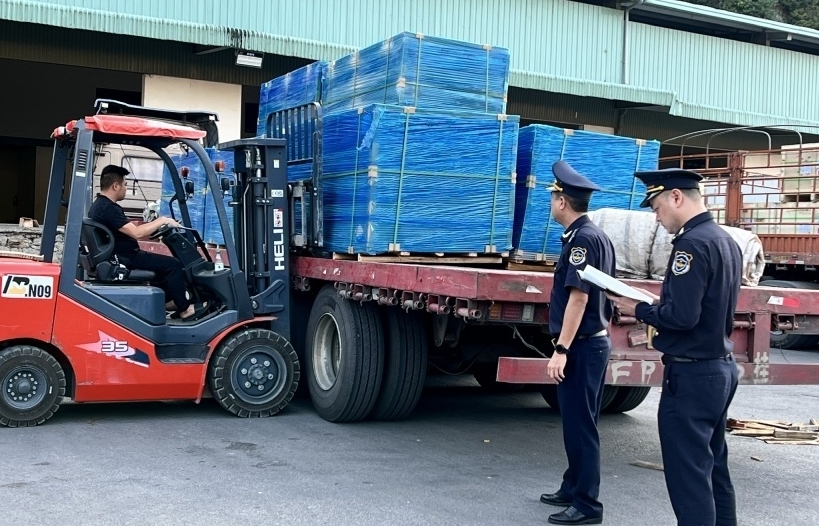
Goods trading, being seen from Lang Son border gate
13:45 | 28/11/2024 Customs

7 key export groups bring in US$234.5 billion
13:54 | 28/11/2024 Import-Export
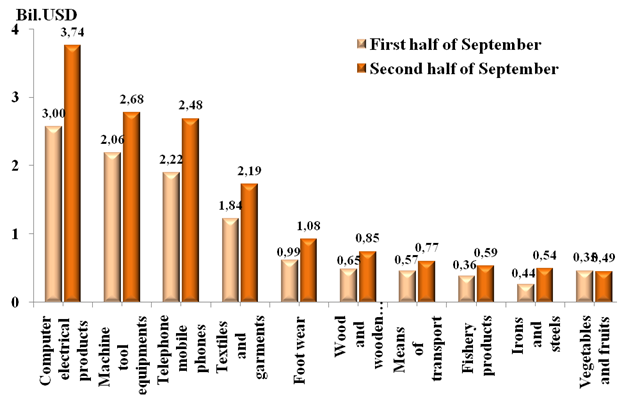
Preliminary assessment of Vietnam international merchandise trade performance in the second half of September, 2024
09:21 | 20/11/2024 Customs Statistics
Latest News

Việt Nam becomes second biggest garment exporter globally
16:36 | 27/12/2024 Import-Export

Vietnam may surpass Bangladesh in garment export: report
16:34 | 27/12/2024 Import-Export

Export tax to increase for 13 construction materials
14:31 | 27/12/2024 Import-Export

Building a brand to elevate Vietnamese rice
10:52 | 27/12/2024 Import-Export
More News

FTA Index helps measure the effectiveness of FTA implementation
10:51 | 27/12/2024 Import-Export

Nghệ An Province anticipates record FDI amidst economic upswing
15:49 | 26/12/2024 Import-Export

Green farming development needs supportive policies to attract investors
15:46 | 26/12/2024 Import-Export

Vietnamese enterprises adapt to green logistics trend
15:43 | 26/12/2024 Import-Export
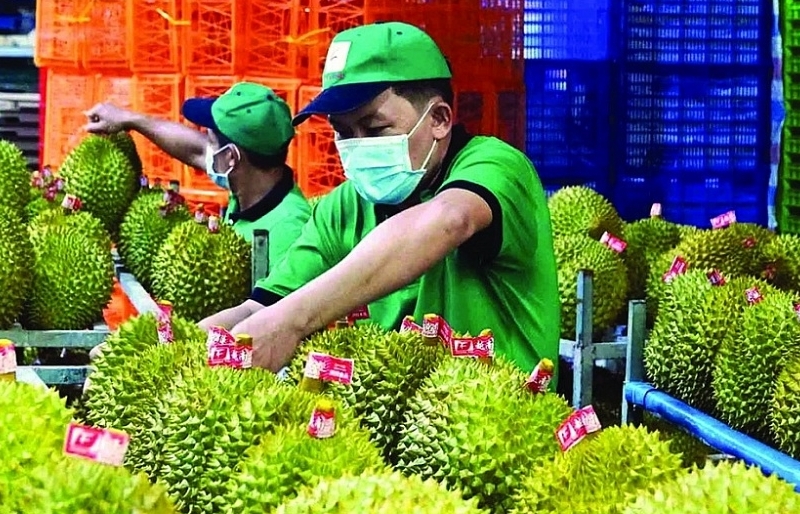
Paving the way for Vietnamese agricultural products in China
11:08 | 26/12/2024 Import-Export

VN seafood export surpass 2024 goal of $10 billion
14:59 | 25/12/2024 Import-Export

Exporters urged to actively prepare for trade defence investigation risks when exporting to the UK
14:57 | 25/12/2024 Import-Export

Electronic imports exceed $100 billion
14:55 | 25/12/2024 Import-Export

Forestry exports set a record of $17.3 billion
14:49 | 25/12/2024 Import-Export
Your care

Việt Nam becomes second biggest garment exporter globally
16:36 | 27/12/2024 Import-Export

Vietnam may surpass Bangladesh in garment export: report
16:34 | 27/12/2024 Import-Export

Export tax to increase for 13 construction materials
14:31 | 27/12/2024 Import-Export

Building a brand to elevate Vietnamese rice
10:52 | 27/12/2024 Import-Export

FTA Index helps measure the effectiveness of FTA implementation
10:51 | 27/12/2024 Import-Export





